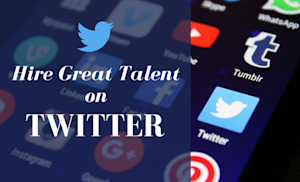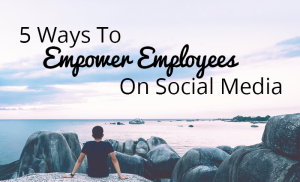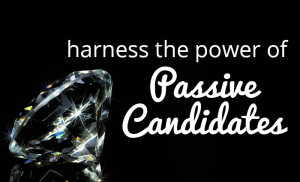June 29
Your Facebook Page is your secret weapon. You can quickly communicate your brand on a channel that most of your target audience is already on. You can recruit passive candidates and convert your employees into brand ambassadors! It’s also a great marketing platform. For smaller businesses with a less-developed website, Facebook has most of the required functionality you need!1. Make sure your images stand out!Are your images bold, engaging, and effective? If not, they risk being scrolled past and buried in the graveyard of uninteresting status updates. It only takes a second to catch someone’s eye, but less than that to scroll right on by. Check out this quick guide on what makes images pop! Need more reasons…Read More




